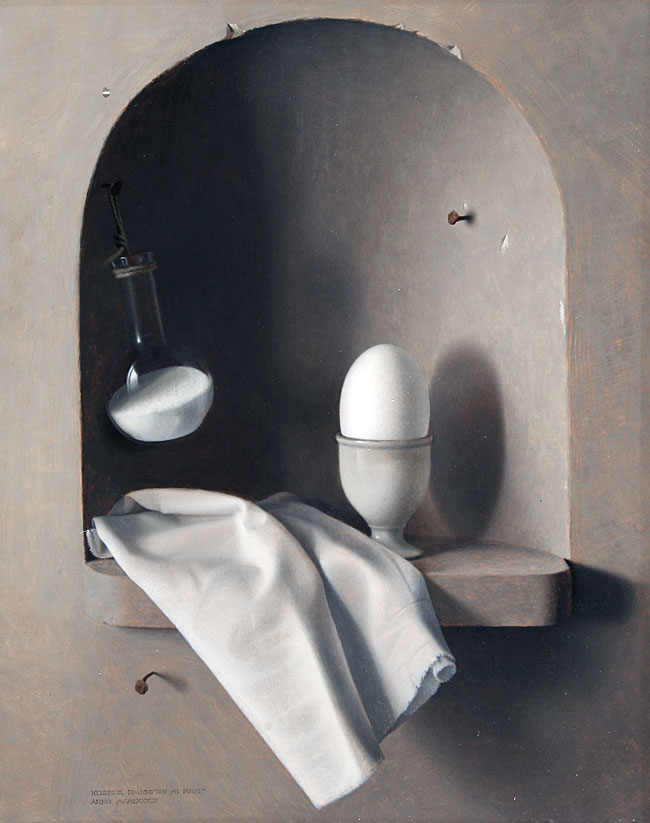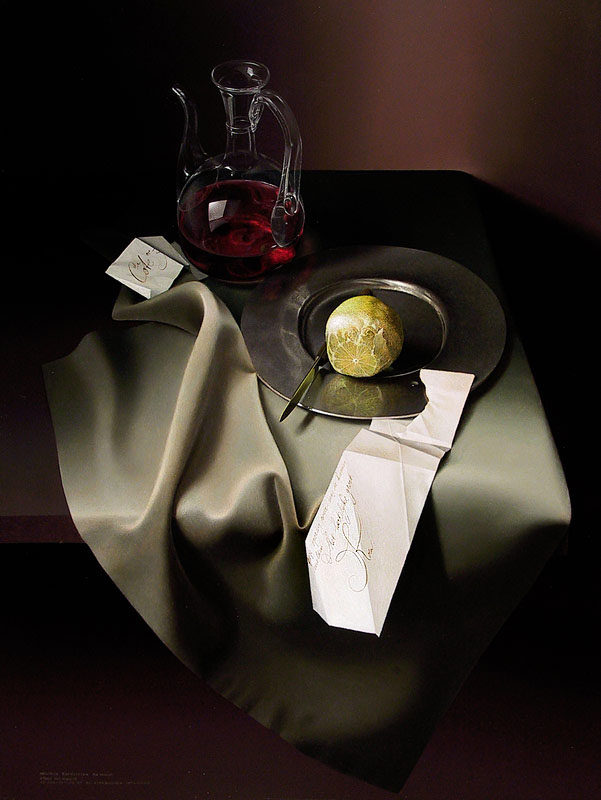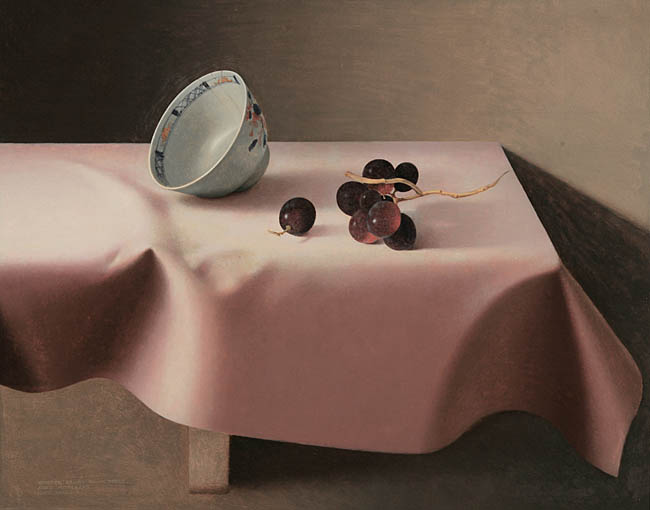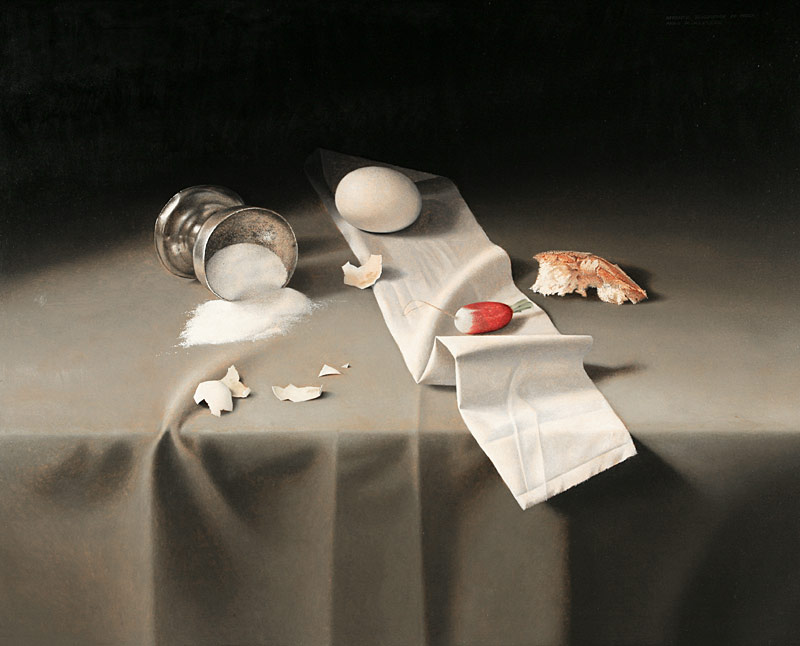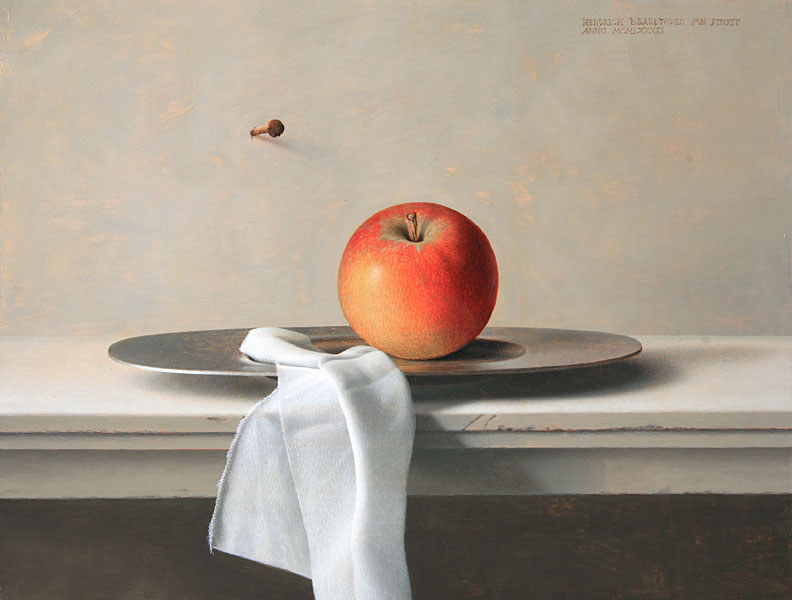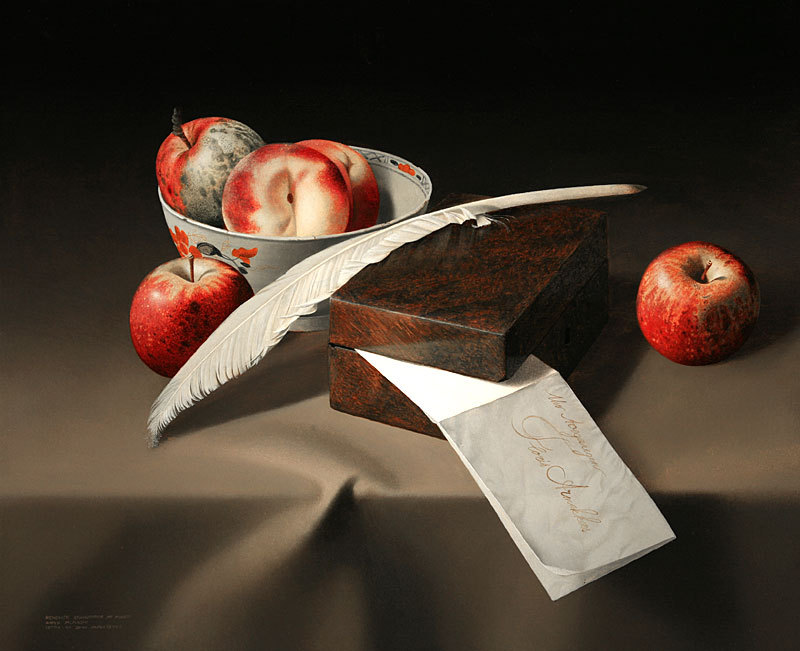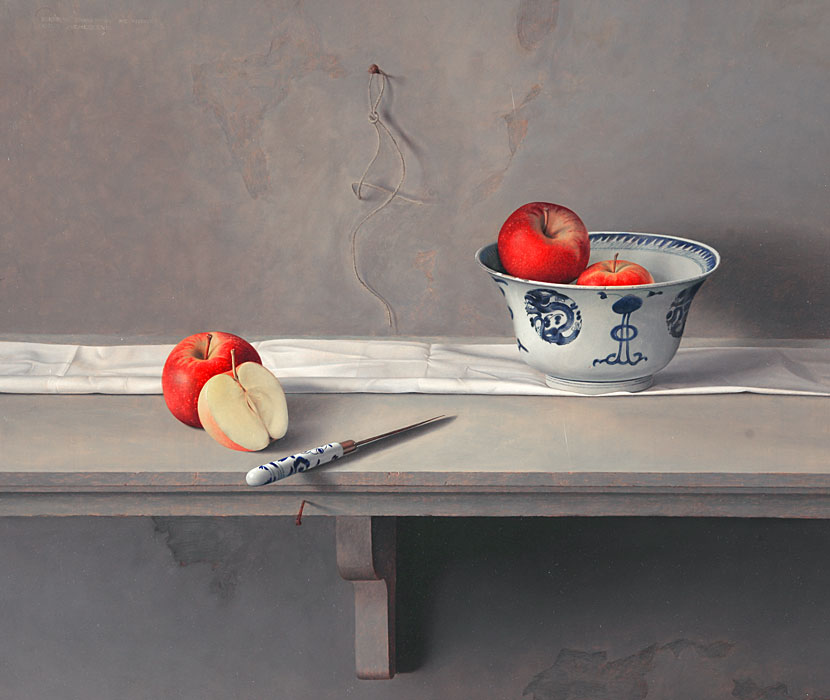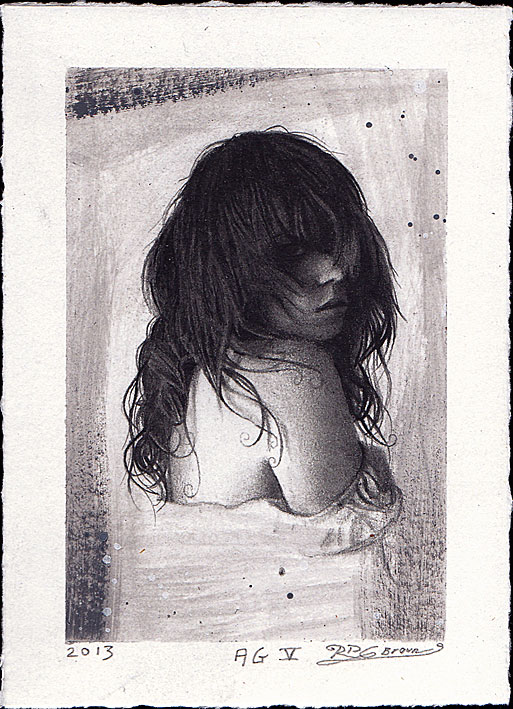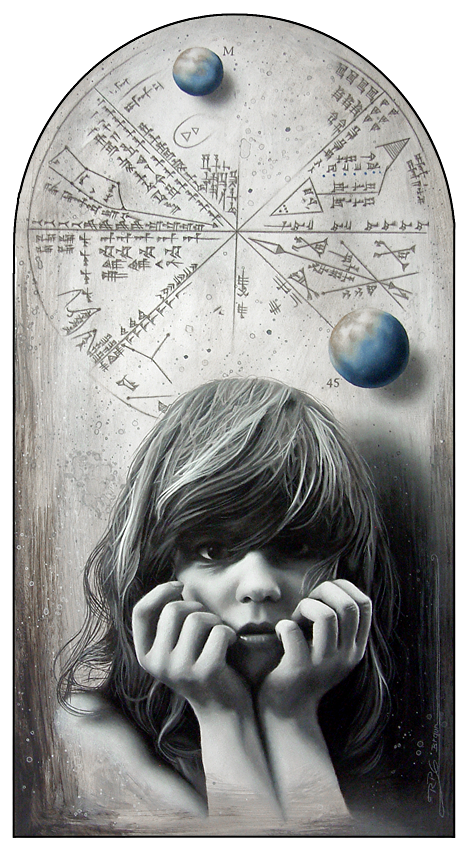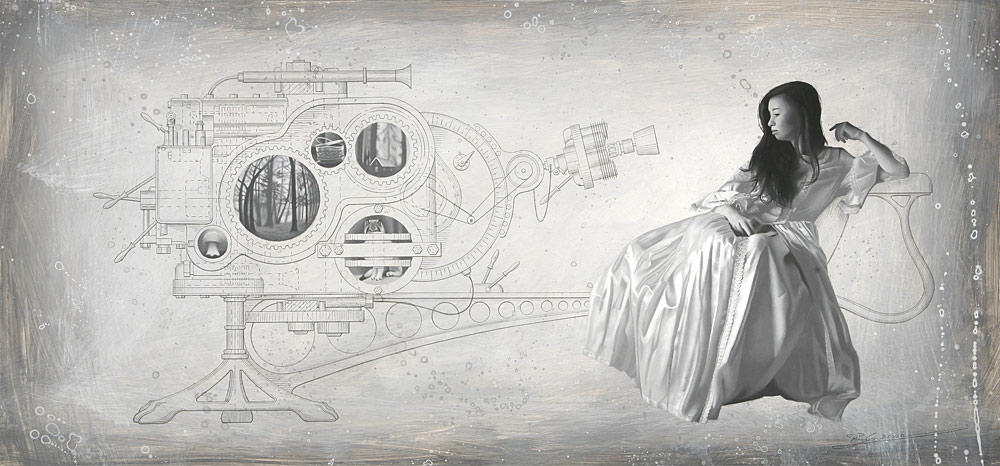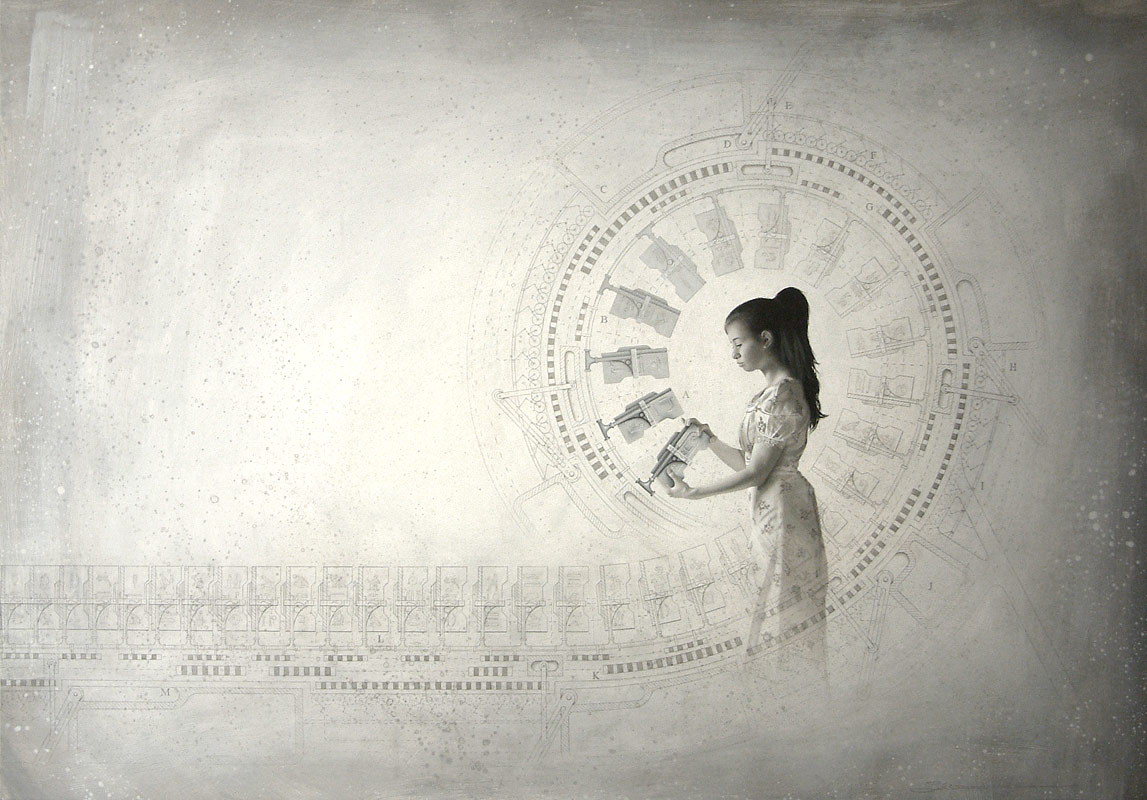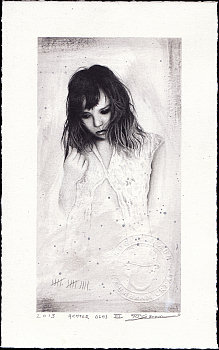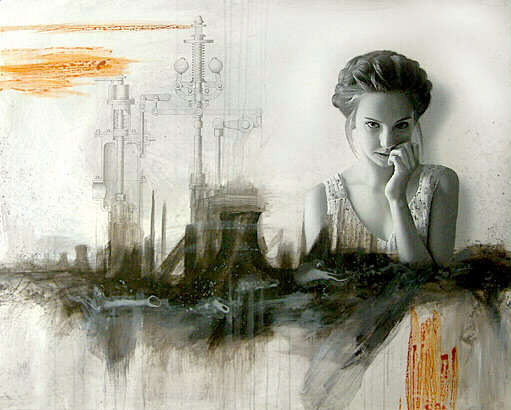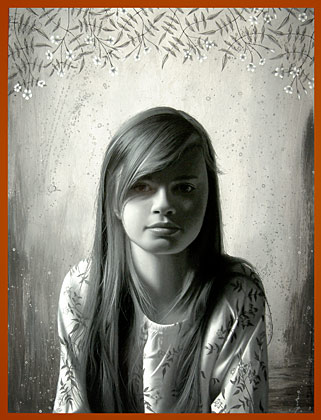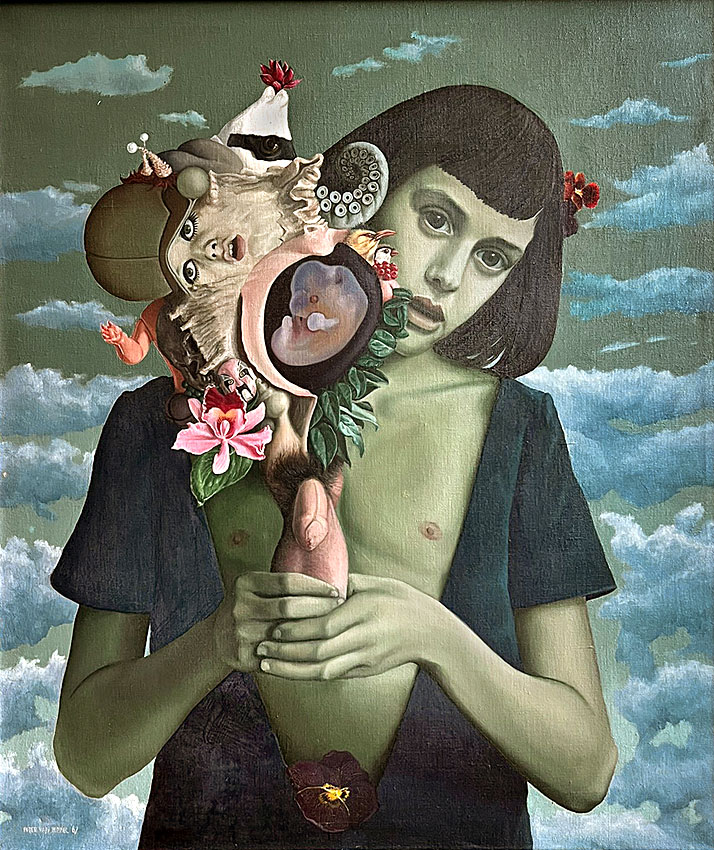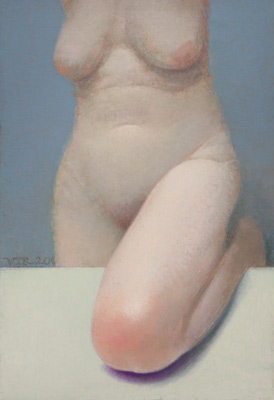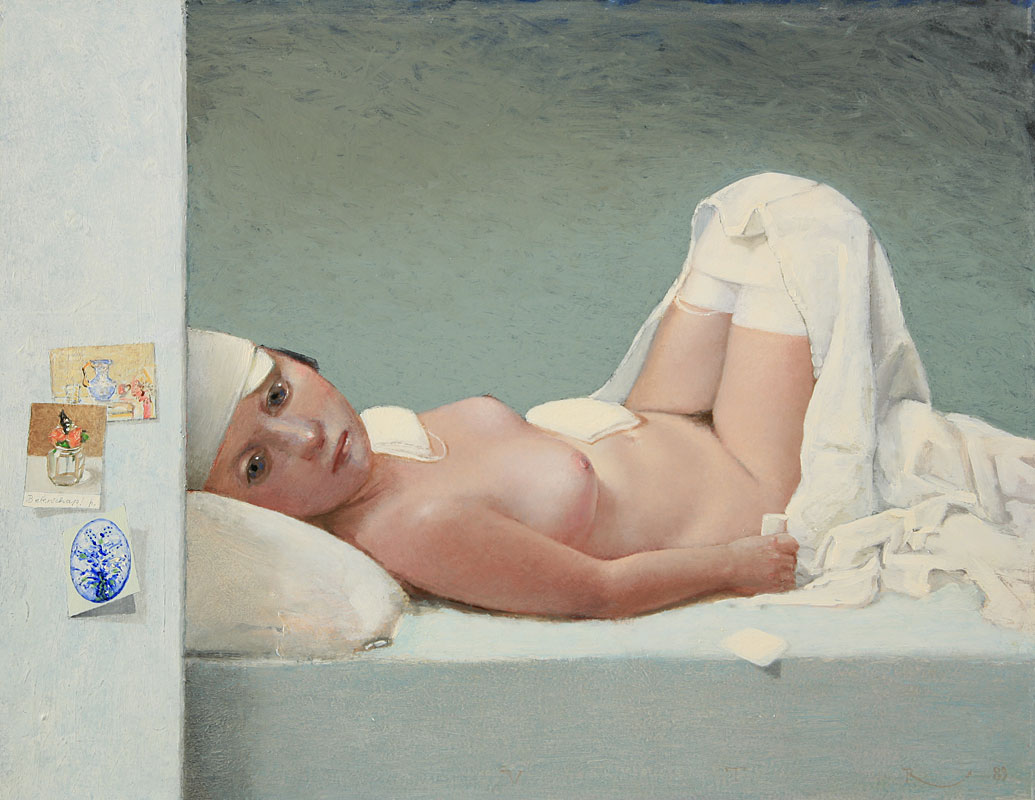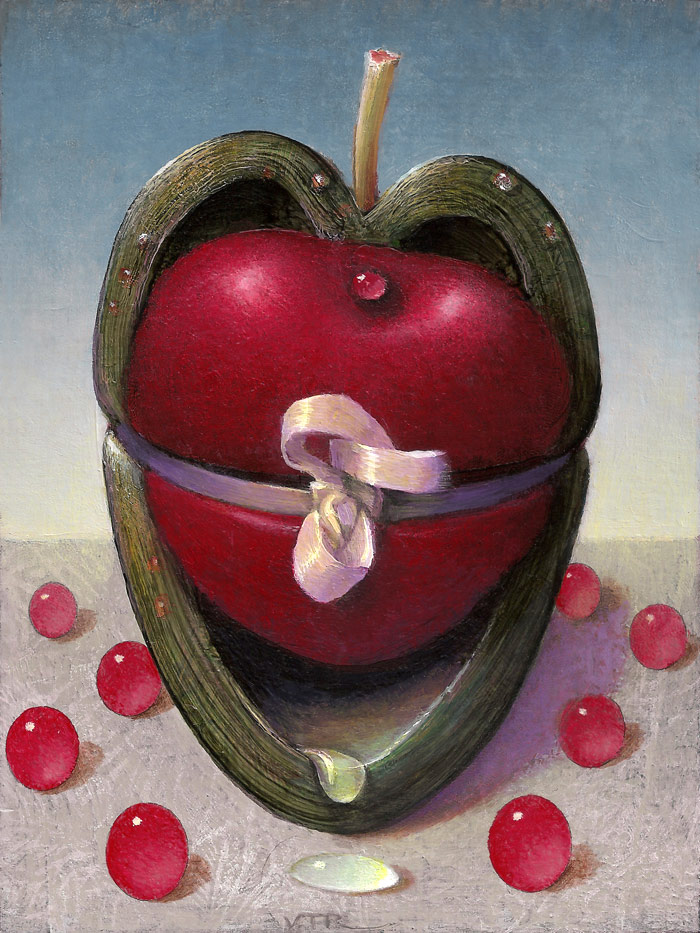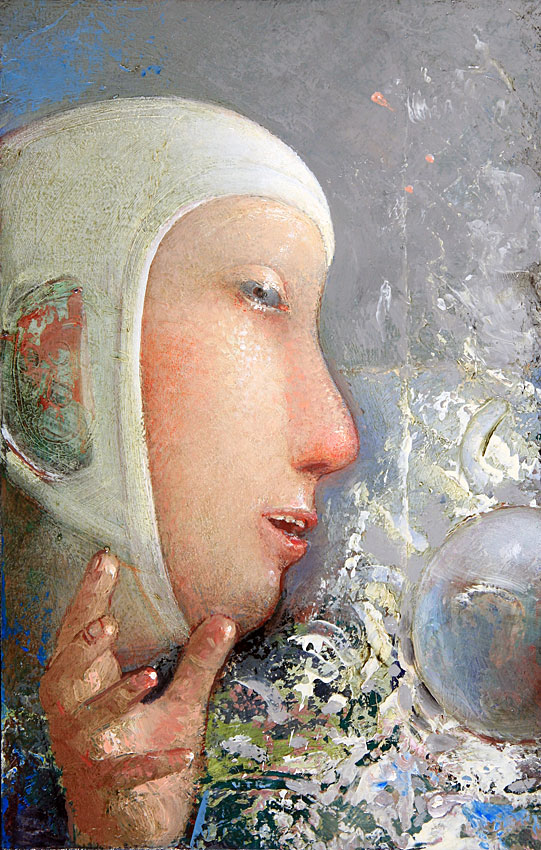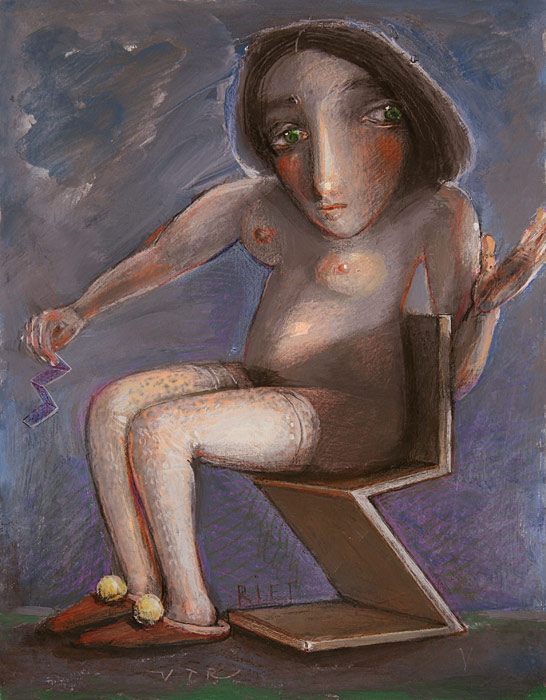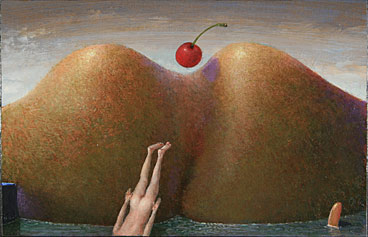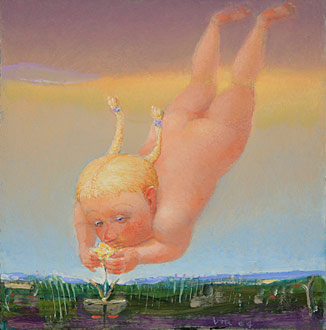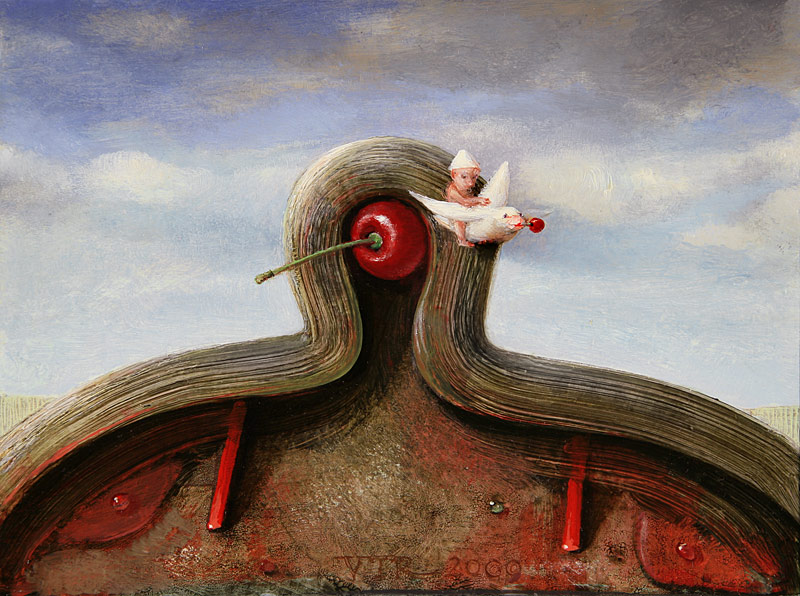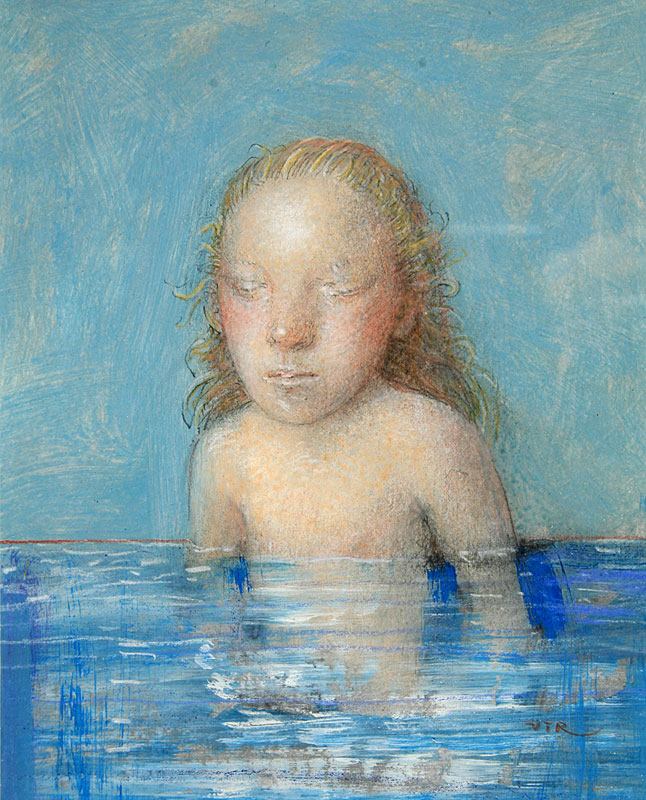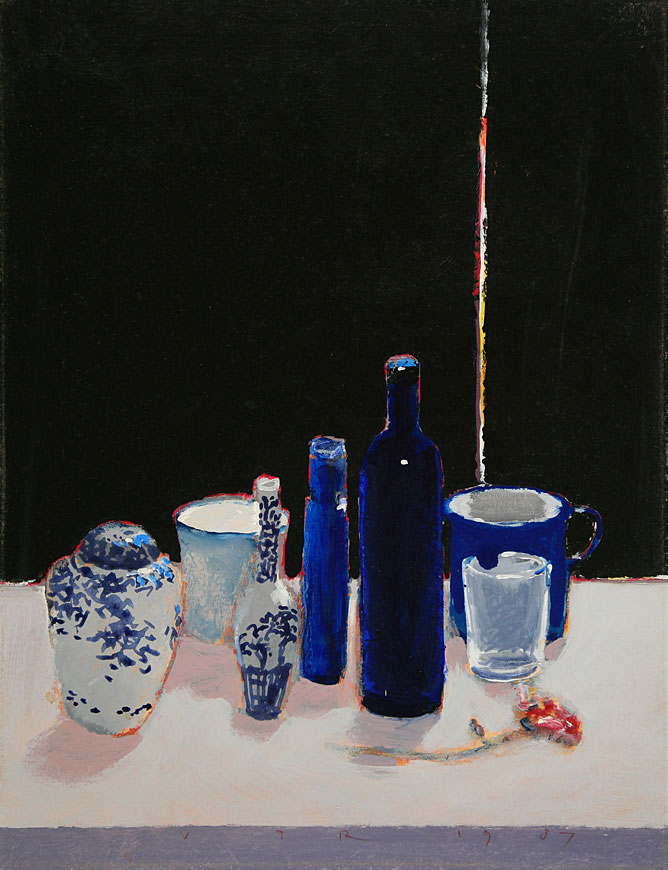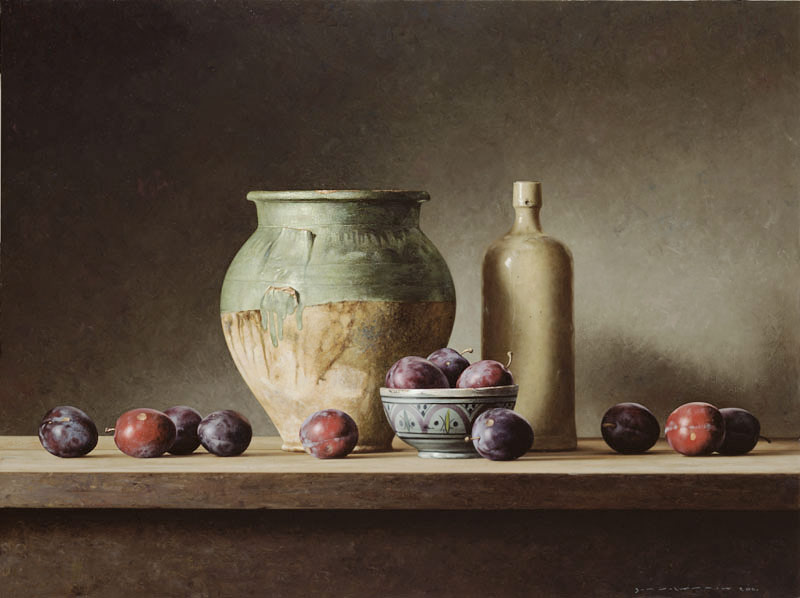
|
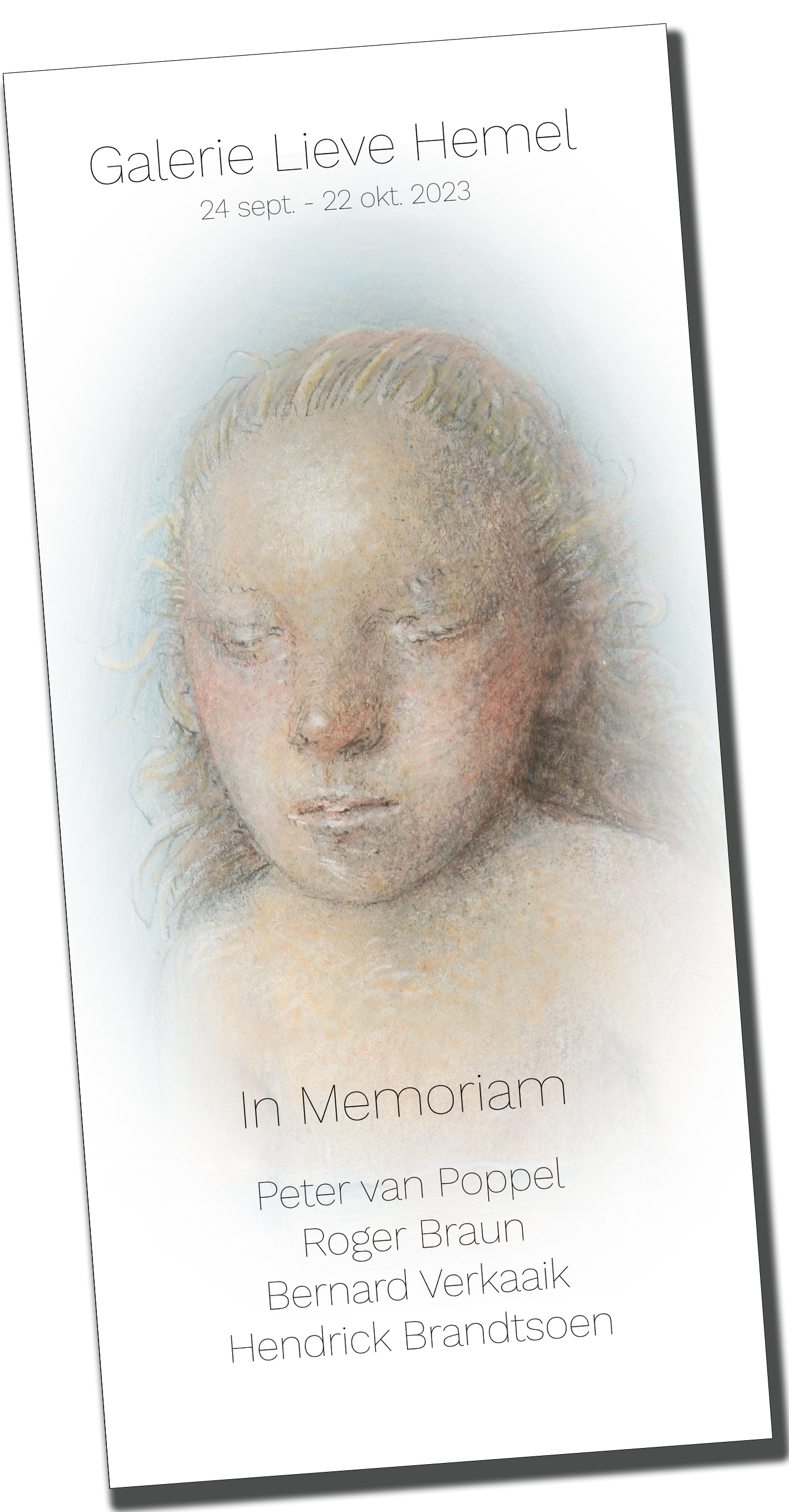
Download Catalogue |
|
|
|
|
TOP
In Memoriam (Introductie) Hoe dikwijls ik al niet heb gedebiteerd dat ten lange leste kunst onuitlegbaar is - of het hoop of naïviteit is die me drijft, wat maalt het - toch heb ik met enige regelmaat onbekommerd ingezoomd op details en die onderzocht op hun vermogen mijn en andermans ogen tot tranen toe te strelen. Ik vind het zelf nog steeds fascinerend om uit te leggen hoe een zwarte achtergrond bij de juiste ruimtelijke en tonale verhoudingen verandert in diepte, een van de wonderen van het schilderen. Beschouw het als een uiting van enthousiasme, niet zozeer als het overdragen van kennis. Gelukkig maar, want de fascinatie van het onuitlegbare, die laten we ons toch niet afnemen? Als een schilder eenmaal overleden is, draait op slag het perspectief waarin je hem of haar ongemerkt plaatste. In plaats van een ongewisse toekomst, van gespannen verwachting voor wat er komen gaat, draait je hoofd denkbeeldig 180 graden en gaat de tocht terug langs de chronologisch opgestelde schilderijen, waarvan vele details langzamerhand - want die tocht maak ik vele malen - een andere duiding krijgen. Ik durf wat ik eerder bij leven en welzijn van de schilder schreef nauwelijks terug te lezen, met een onzekerheid, vergelijkbaar met die ik destijds bij het schrijven evengoed ook voelde maar niet wilde zien: of ik het wel bij het rechte eind had. Maar de waarheid en de werkelijkheid zijn schijngestalten, die pas tot rust komen als alles voorbij is. Als nietige mensen hebben we weinig te kiezen, maar nietig of niet, het genie van kunstenaars is als een stukje hemel op aarde, bij hun leven, maar ook als zij zijn heengegaan. |
In Memoriam (Introduction) Having lost track of the many times I have argued that when all is said and done, art simply does not lend itself for interpretation – it makes no difference whether it’s hope or naiveté that is my driving force –, all the same I have at somewhat regular intervals blithely zoomed in on details, probing them for their ability lovingly to bring tears to my eyes and those of other people. I find it as fascinating now as I ever did to explain – as one of the many miracles of painting – how a black background by virtue of the right spatial and tonal proportions metamorphoses into depth. Best consider this as my voicing my enthusiasm rather than seeking to convey knowledge, which I’m sure you’ll agree is just as well if we are not to be deprived of our fascination with the inexplicable. The death of a painter instantly changes the perspective into which we had inadvertently put him or her. Instead of the unknown future and the eager anticipation of what is still to come, our mind does an imaginary about-face and sets us off on the return trip from one chronologically displayed painting to the next and so on, many details of which – this being a journey I have been on quite a few times – acquire a different interpretation. The idea of re-reading what I wrote at a time when the painter in question was still very much alive and thriving fills me with a sense of unease, my apprehension echoing the way I felt (but refused to acknowledge) at the time I wrote the text in the first place: did I get it right, or …? And yet truth and reality are like planetary phases, in that they will continue to elude a state of repose until it’s all over. We have little choice, inconsequential creatures that we are – but inconsequential or not, the artistic genius is like a slice of heaven on earth, as much in life as in death. (Translation Tekstwerk, Amsterdam) |
TOP
